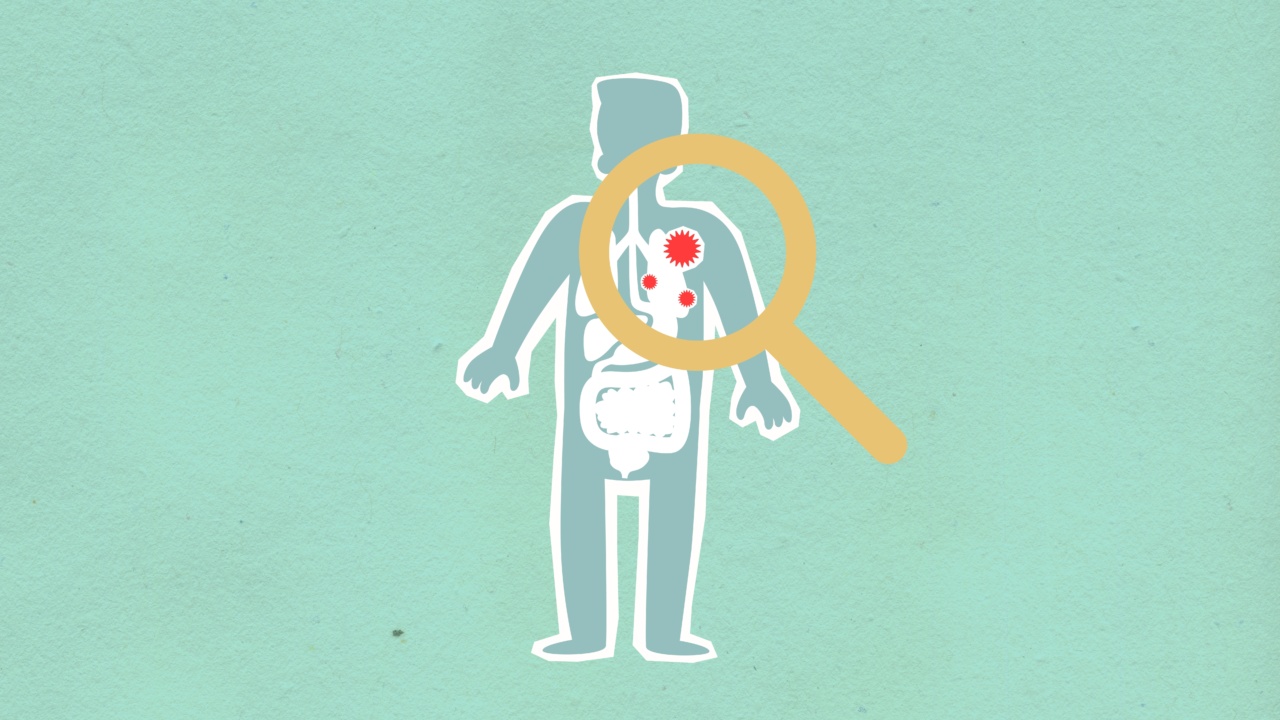Parkinson’s Disease is a neurological disorder that affects movement. It is estimated that approximately 10 million people worldwide live with Parkinson’s Disease.
The most common symptoms of Parkinson’s Disease include tremors, slowness of movement, stiffness, and impaired balance and coordination. Although there is no known cure for Parkinson’s Disease, there are several treatments available that can help manage its symptoms.
One such treatment is physiotherapy, which has a significant impact on the lives of people living with Parkinson’s Disease.
What is physiotherapy?
Physiotherapy is a healthcare profession that aims to help people recover from physical injuries or disabilities, or manage chronic conditions such as Parkinson’s Disease.
Physiotherapists are trained professionals who use a variety of physical techniques to help improve a patient’s mobility, function, and quality of life. Physiotherapy may involve exercises, stretches, manual therapy, education, and advice to help patients manage their condition effectively.
How does physiotherapy help Parkinson’s Disease?
Physiotherapy is an essential part of the treatment for Parkinson’s Disease. It can help manage the symptoms of the disease and improve a patient’s overall functioning. For example, physiotherapy can:.
- Improve mobility
- Improve balance and coordination
- Reduce stiffness and rigidity
- Reduce tremors
- Improve muscle strength and flexibility
- Improve posture
Types of physiotherapy for Parkinson’s Disease
There are several different types of physiotherapy that can be used to manage the symptoms of Parkinson’s Disease. Some of the most common types include:.
Exercise therapy
Exercise therapy involves a series of exercises designed to improve a patient’s strength, flexibility, and balance. The exercises may be done in a group setting or one-on-one with a physiotherapist.
Exercise therapy is beneficial because it can improve a patient’s overall fitness, which can help manage the symptoms of Parkinson’s Disease.
Balance training
Balance training involves a series of exercises that improve a patient’s balance and help prevent falls.
Falls are a common problem for people with Parkinson’s Disease, and balance training has been shown to be effective in reducing the risk of falls and improving a patient’s overall functioning.
Gait training
Gait training involves a series of exercises that improve a patient’s walking ability. The exercises may include walking on different surfaces, navigating obstacles, and using mobility aids.
Gait training is beneficial because it can improve a patient’s mobility and independence.
Manual therapy
Manual therapy involves hands-on techniques that help improve a patient’s range of motion, muscle strength, and flexibility. Manual therapy may include massage, joint mobilization, and stretching.
Manual therapy is beneficial because it can reduce stiffness and improve a patient’s overall functioning.
Importance of tailor-made physiotherapy for Parkinson’s Disease
Although physiotherapy is beneficial for managing the symptoms of Parkinson’s Disease, it is essential to tailor the treatment to the individual patient’s needs.
Parkinson’s Disease affects each patient differently, and it is essential to create a physiotherapy program that meets their unique needs and challenges. Tailor-made physiotherapy is beneficial because it:.
- Fits the patient’s unique needs
- Is more effective in managing the symptoms of Parkinson’s Disease
- Improves patient motivation and adherence to treatment
- Provides a more comprehensive and holistic approach to treatment
- Is more likely to lead to long-term management of the disease
Conclusion
Physiotherapy is an essential part of the treatment for Parkinson’s Disease. It can help manage the symptoms of the disease and improve a patient’s overall functioning.
Tailor-made physiotherapy is essential because it creates a treatment plan that meets the patient’s unique needs and challenges. A comprehensive physiotherapy program can improve a patient’s mobility, balance, posture, and muscle strength, ultimately improving their quality of life and long-term management of the disease.




























